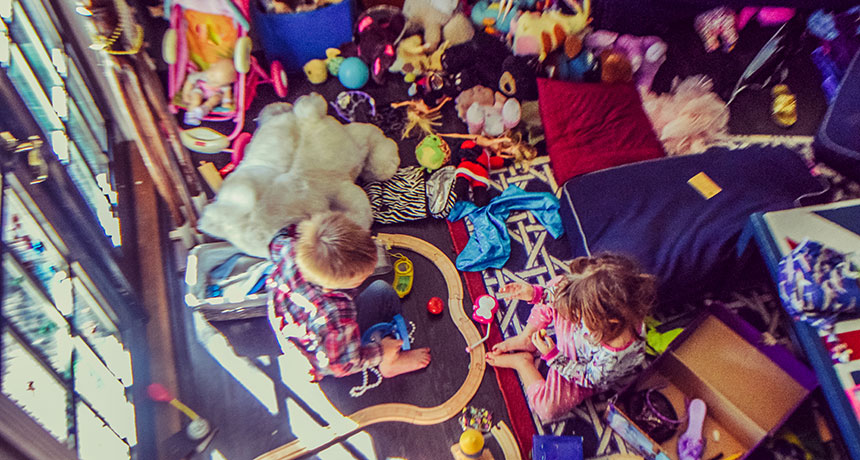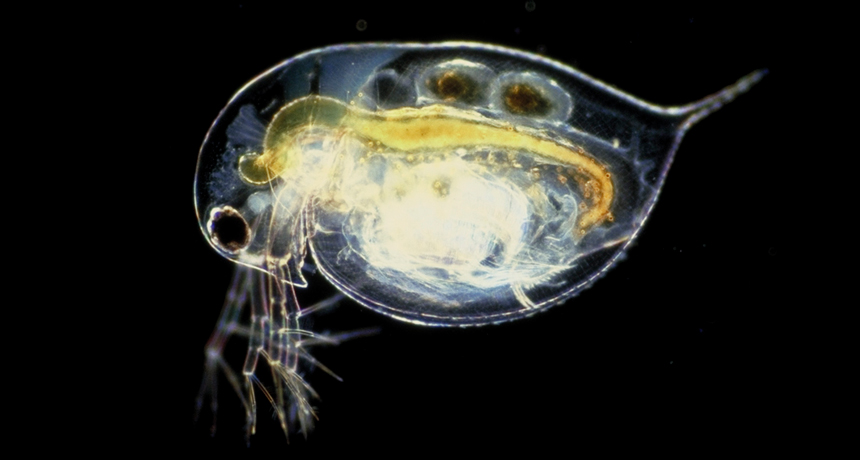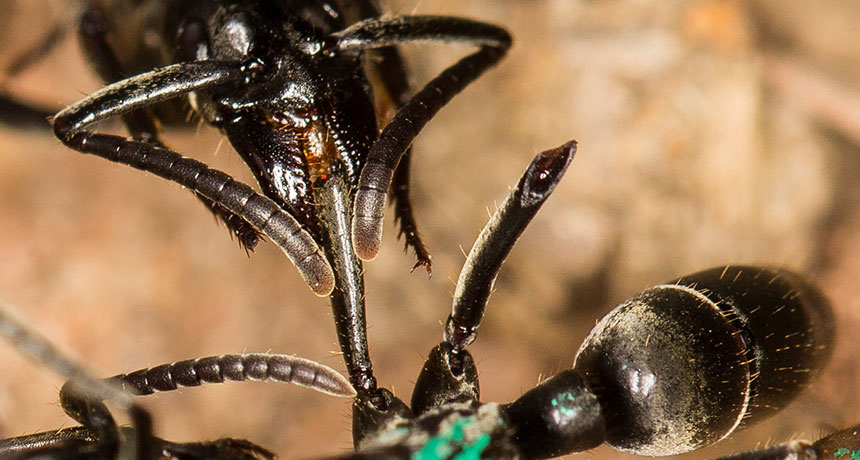Narwhals react to certain dangers in a really strange way

When escaping from humans, narwhals don’t just freeze or flee. They do both.
These deep-diving marine mammals have similar physiological responses to those of an animal frozen in fear: Their heart rate, breathing and metabolism slow, mimicking a “deer in the headlights” reaction. But narwhals (Monodon monoceros) take this freeze response to extremes. The animals decrease their heart rate to as slow as three beats per minute for more than 10 minutes, while pumping their tails as much as 25 strokes per minute during an escape dive, an international team of researchers reports in the Dec. 8 Science.
“That was astounding to us because there are other marine mammals that can have heart rates that low but not typically for that long a period of time, and especially not while they’re swimming as hard as they can,” says Terrie Williams, a biologist at the University of California, Santa Cruz. So far, this costly escape has been observed only after a prolonged interaction with humans.
Usually, narwhals will escape natural predators such as killer whales by stealthily slipping under ice sheets or huddling in spots too shallow for their pursuers, Williams says. But interactions with humans — something that will happen increasingly as melting sea ice opens up the Arctic — may be changing that calculus.
“When narwhals detect humans, they often dive quickly and disappear from sight,” says Kristin Laidre, an ecologist at the University of Washington in Seattle who studies marine mammals in the Arctic.
Williams and her colleagues partnered with indigenous hunters in East Greenland to capture narwhals in nets. Then, the researchers stuck monitoring equipment to the narwhals’ backs with suction cups and released the creatures. The team tracked the tail stroke rate and cardiovascular response of the narwhals after their release, and determined how much energy the animals used during their deep escape dives.
During normal dives, narwhals reduce their heart rate to about 10 to 20 beats per minute to conserve oxygen while spending prolonged time underwater. These regular deep dives to forage for food don’t require rigorous exercise. But during escape dives after being entangled in a net for an hour or longer, “the heart rates were going down to levels of three and four beats per minute, and being maintained at that level for 10 minutes at a time,” Williams says.
The narwhals were observed making multiple dives to depths of 45 to 473 meters in the hours following escape. When fleeing, the tusked animals expended about three to six times as much energy as they normally burn while resting. The authors calculated that the frantic getaway, combined with what they called “cardiac freeze,” severely and rapidly depletes the narwhals’ available oxygen in their lungs, blood and muscles — using 97 percent of the creatures’ oxygen stores compared with 52 percent on normal dives of similar depth and duration.
“There is a concern from our group that this is just pushing the biology of these animals beyond what they can do,” Williams says. As human activity increases in the Arctic, there may be more chance of inciting this potentially harmful escape response in narwhals.
The creatures may also become more vulnerable to other human-caused disturbances, such as seismic exploration, hunting and noise from large vessels and fishing boats. The researchers plan to investigate whether these activities cause the same flee-and-freeze reaction, and whether this extreme response affects narwhals’ long-term health.
This study “provides a new physiological angle on the vulnerability of narwhals to anthropogenic disturbance, which is likely to increase in the Arctic with sea ice loss,” Laidre says. Better understanding the human impacts on narwhals is essential for conservation of this species, she adds.








